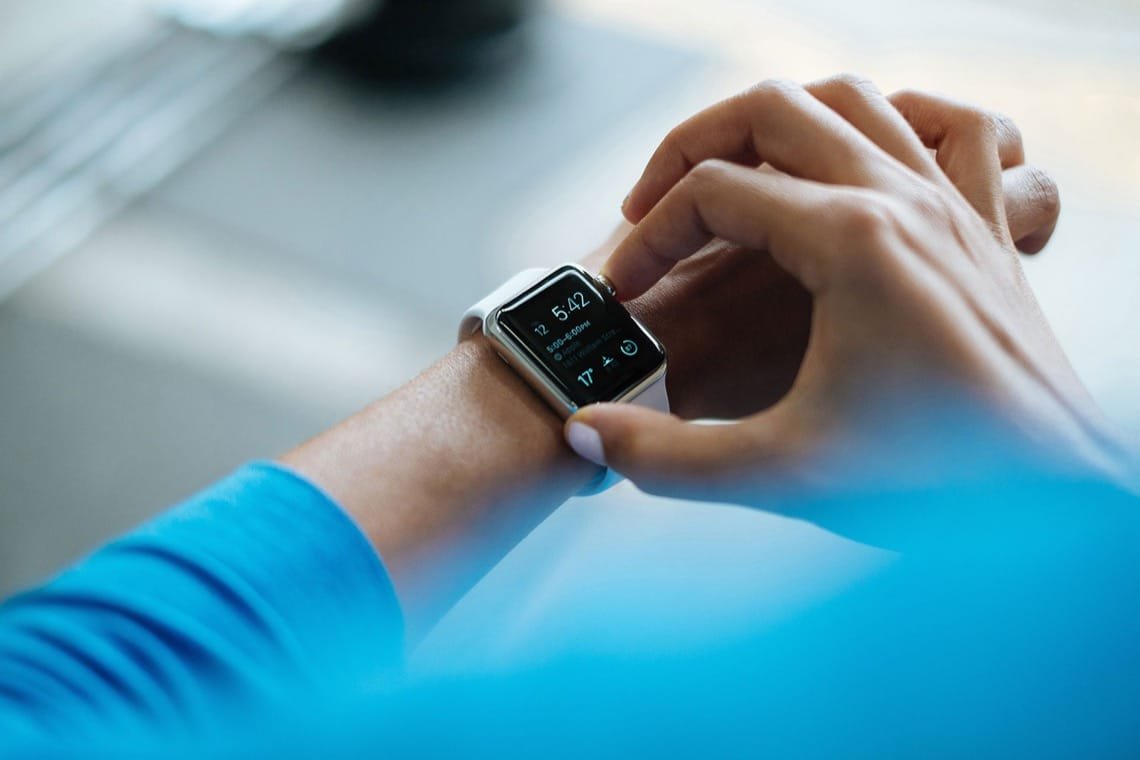When purchasing an iPhone, one critical factor to consider is the region-specific variations in features, policies, and functionalities. iPhones marketed in the Middle East and International markets can differ due to local laws, cultural considerations, and regional regulations. Below is a detailed breakdown of these differences to help you make an informed choice.
1. FaceTime Availability
- Middle East iPhones:
FaceTime is often disabled or restricted in iPhones sold in some Middle Eastern countries like the UAE and Saudi Arabia. This restriction is due to local telecom regulations that prohibit certain VoIP services. - International iPhones:
FaceTime is universally available on iPhones sold outside restricted regions. Buyers can use FaceTime without any limitations.
Key Tip: Recently, some Middle Eastern iPhones, particularly in the UAE, have started including FaceTime. Check the specific model or consult with your retailer to confirm.
2. Model Numbers
Every iPhone has a unique model number denoting its intended region.
- Middle East iPhones:
These often have model numbers ending in AE/A (e.g., A2886/A2886AE). - International iPhones:
Model numbers vary by region but generally lack the “AE” designation.
3. Warranty and Support
- Middle East iPhones:
Warranties for Middle Eastern iPhones are typically valid only in the region where they were purchased. For example, an iPhone bought in the UAE might not receive warranty support in Europe or the USA. - International iPhones:
These usually have broader warranty coverage across multiple countries. However, AppleCare+ (if purchased) may provide global support.
4. Network Compatibility
- Middle East iPhones:
Tailored to regional carriers, they may not support some bands used in other countries. For example, they might lack support for specific 5G bands needed in North America or Europe. - International iPhones:
Offer broader compatibility with global carrier networks, making them more suitable for frequent travelers.
5. Cultural and Regulatory Features
- Middle East iPhones:
Some features are adjusted to align with local laws and cultural norms. For instance:- Certain apps or content may be pre-restricted.
- Devices may omit content or settings deemed inappropriate in the region.
- International iPhones:
These are designed without such restrictions, ensuring full access to all Apple features and services.
6. Price Differences
- Middle East iPhones:
These are often slightly cheaper than their international counterparts due to lower taxes or regional promotions. However, resale value might be lower in markets outside the Middle East. - International iPhones:
Pricing varies based on the country but tends to be higher due to import duties, sales taxes, and broader support.
7. Resale and Import Considerations
- Middle East iPhones:
Resale value may be affected if the device lacks globally accepted features like FaceTime. Additionally, some buyers might hesitate to purchase region-locked devices. - International iPhones:
More universally accepted in resale markets, especially if purchased in countries like the USA or EU, where compatibility and feature availability are standard.
Conclusion: Which One Should You Choose?
The choice between a Middle East iPhone and an International iPhone largely depends on your needs:
- Opt for a Middle East iPhone if:
- You reside in the region and plan to use the device primarily there.
- You prefer a lower upfront cost.
- Choose an International iPhone if:
- You travel frequently or plan to use the phone across multiple countries.
- Full access to FaceTime and unrestricted features is essential.
Pro Tip: Always check the specifications and warranty terms before buying to ensure compatibility and functionality based on your requirements.





